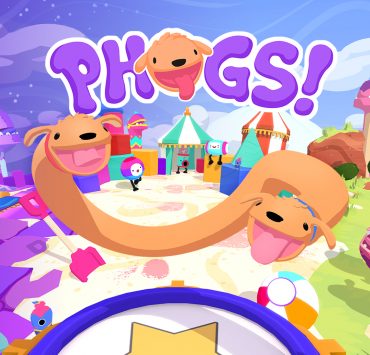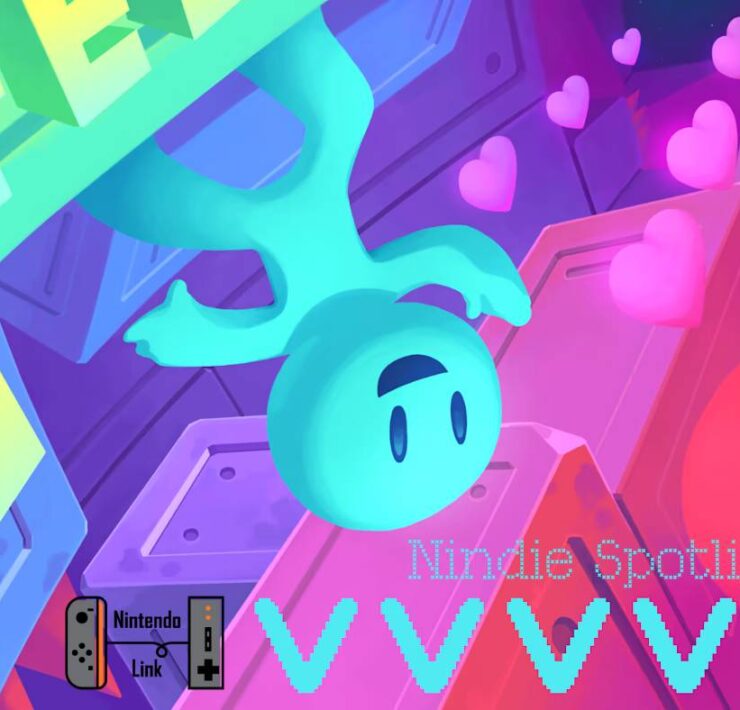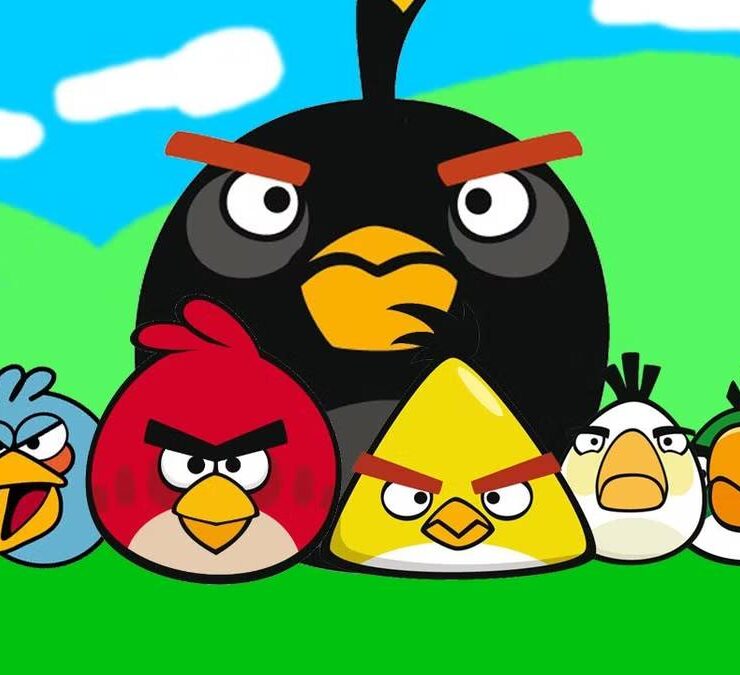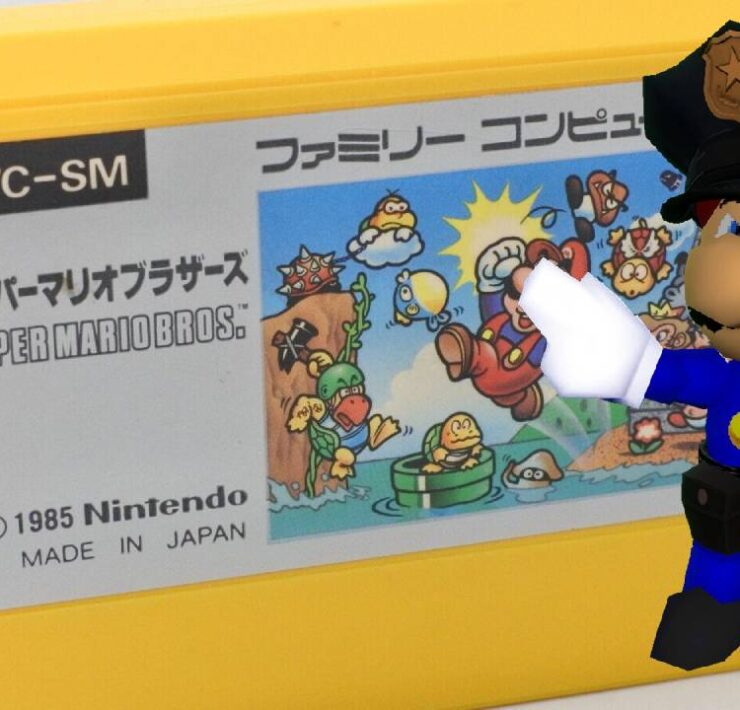The Unique Charm of the Silent Protagonist

Four years ago, Jim Sterling released a video about the clever design of Doom Guy (the Doom Slayer) from the 2016 reboot of Doom. The video discussed how Doom Guy is “a masterclass of avatar expression, even though he doesn’t say a goddamn thing.” Sterling praises id Software for how they use voiceless animations to communicate the Doom Slayer’s attitude and personality: his anger and impatience, his distrust of others, and his hatred for his enemies.
This video has stayed in my head for four years; it’s one of my favourite positive Jimquisition episodes; and it has had me rethinking how silent protagonists can be written and designed ever since. So, let’s talk about the unique charm of the silent video game protagonist.
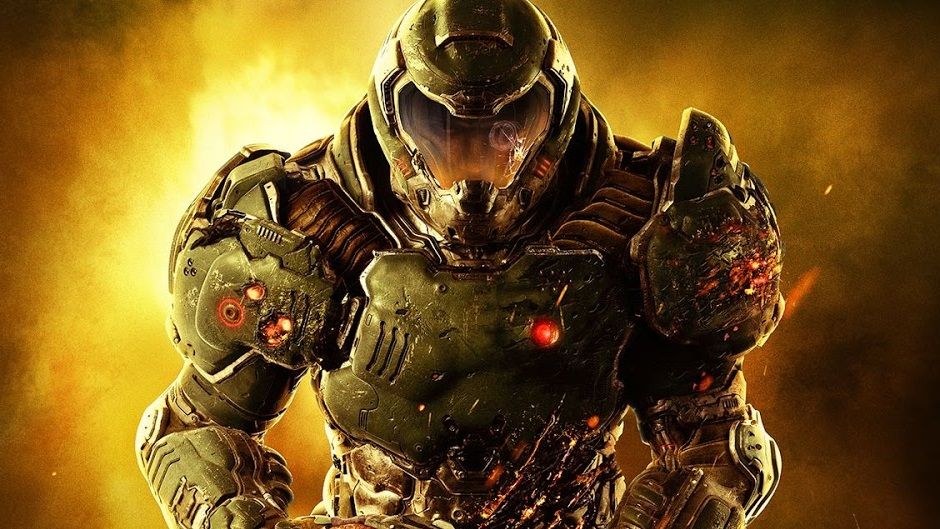
The evolution of the silent protagonist is a curious thing. When the most famous silent protagonists of today (Mario, Link, Samus) first came around, making them silent likely wasn’t a conscious decision, but rather a byproduct of the game’s design. Without a core narrative and heavy amounts of dialogue, games like Donkey Kong, The Legend of Zelda, and Metroid didn’t need their protagonists to speak, and emoting via actions was a more effective approach in an interactive visual medium.
Today, however – for decades, in fact – the silent protagonist has been either born out of a very conscious decision made by their game’s developer or has fallen into a kind of tradition of silence, which is the case with our three above examples. Mario and Link don’t speak; that’s simply the way it’s always been.
While we may lose a lot when making a protagonist silent, and developers have been getting flack for making that call for years, there is definitely something to be said for making one’s protagonist silent, and it mostly comes down to the kind of game you’re trying to make, whether that be in terms of genre, mood and tone, or narrative style.
A fantastic example of this is Jak from Naughty Dog’s Jak & Daxter trilogy. In the original 3D platformer, Jak was a silent protagonist. In the follow-up game, he finds his voice, and this is commented on in a pseudo-fourth-wall-breaking manner several times in the first few hours of the game. The reason for making Jak silent initially is clear: part of the game’s charm lies in its choice to make Jak and Daxter a duo. Jak is the action man: the fighter, the doer, while Daxter is the voice: the commentary, the comic relief, the dialogue. The game’s goofy and charming comedy comes from the rapport these two share, with one being the loud-mouth, opinionated, brash, rude sidekick, and the other being the charming, practical, and skilled protagonist.

In Jak and Daxter, players embody Jak, not Daxter. This is key: he is the body, he is controlled by us. Daxter gives us a commentary track as he offers opinions about other characters, the environment, or the situations which he and Jak find themselves in. To a certain extent, Jak is your classic player/audience surrogate, while Daxter adds some dynamic colour and comedy to the story. This is expert character design, and it works within the context of this simple story and straightforward good-vs-evil narrative.
In the sequel, Jak 2, Daxter’s name is dropped from the title (rudely, in my opinion), and Jak is given a voice. This was another deliberate choice and one that feels wholly necessary given the game’s shift in tone and even genre. Suddenly, we’re in a GTA-style open world working missions for gangsters and seedy businessmen. We wield guns and steal cars. Our characters spit and swear. This is Jak and Daxter all grown up, and part of Jak growing up was him finding a voice. But that, in itself, isn’t the reason for him finding a voice. After all, the protagonist of Grand Theft Auto 3 was famously mute as well.
The main reason for Jak’s new voice is the levelling up of the game’s storytelling, which put the developer on a track leading to Uncharted and The Last of Us. While Jak and Daxter was an evolution of the Crash Bandicoot formula, which took a silent protagonist and a cartoonish world/plot/cast and mutated its gameplay and world design, Jak 2 was another leap forward again, this time in narrative and character writing. In order for Jak to have a true narrative arc, he needed to be able to emote, speak, and express himself with words. Put simply, the game’s story necessitated Jak’s ability to speak. But not every game demands that from its protagonists.
Many games are able to tell a moving story with relatable, compassionate, lovable characters and yet never utter a word of dialogue. 2016’s Doom does, in fact, have a pretty rich and impressive world with engaging lore and fleshed-out characters, despite the fact that Doom Slayer never speaks. And Doom Slayer himself plays his role perfectly while still being given personality aplenty thanks to some savvy animation choices, and letting the gameplay loop do the talking. We can also look to some fantastic indie games for more examples of this approach.
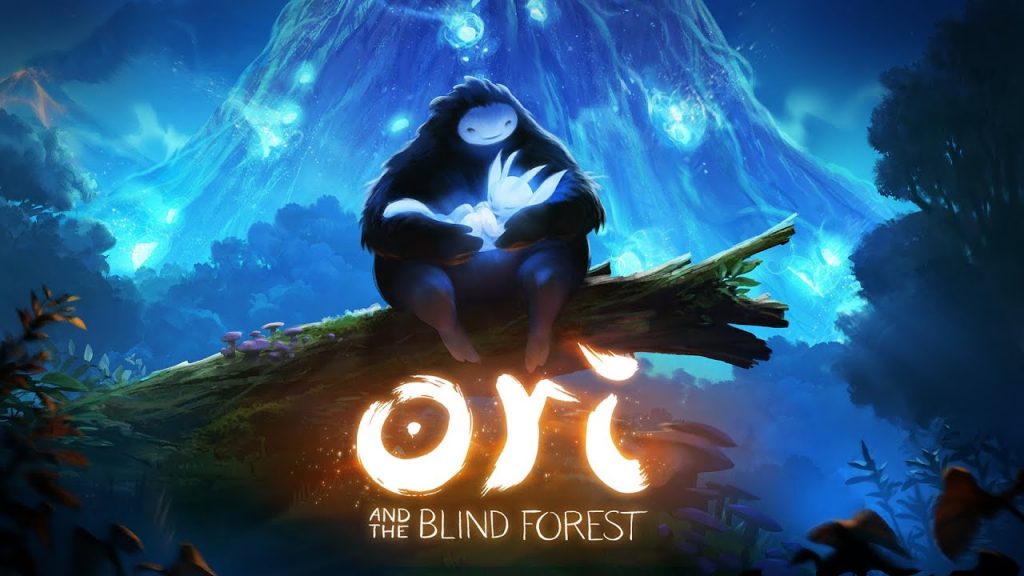
Ori and the Blind Forest is a game with themes of death, compassion, friendship, loss, forgiveness, and change. The game’s story is told via simple cutscenes which don’t cut us out from the in-game world but, rather, simply animate our characters distinctly in-game to tell a clear and cohesive story. Nobody speaks, everyone emotes vividly, and we feel a whole lot of feelings about the world, our characters, and their relationships despite a whole lot of silence.
In Hollow Knight, our nameless protagonist (sometimes called the ghost or the knight) blurs the line between player surrogate and stoic hero, much in the same way that both Jak and Doom Slayer do. While other characters speak and are given specific and animated personalities, the charm of the knight is that his actions speak for him. He fights, jumps, explores, and discovers. His actions paint the picture of a man on a mission: a stoic and strong hero with a mysterious backstory and a desperate need to find something.
This ambiguity seen in the knight’s character is beautiful storytelling in its own right. He and many other silent protagonists allow us the chance to fill in the gaps, to use our imaginations to imprint on these protagonists a little bit of our own ideas of what makes them so cool, so charming, so likeable. This is very similar to what we do when reading a novel: we may not always know what a character looks like, but we can paint a vivid picture of them in our minds through the things they say and do, where they live, their age, and other factors. We bond with them through a delicate balance of writer input and reader imagination.
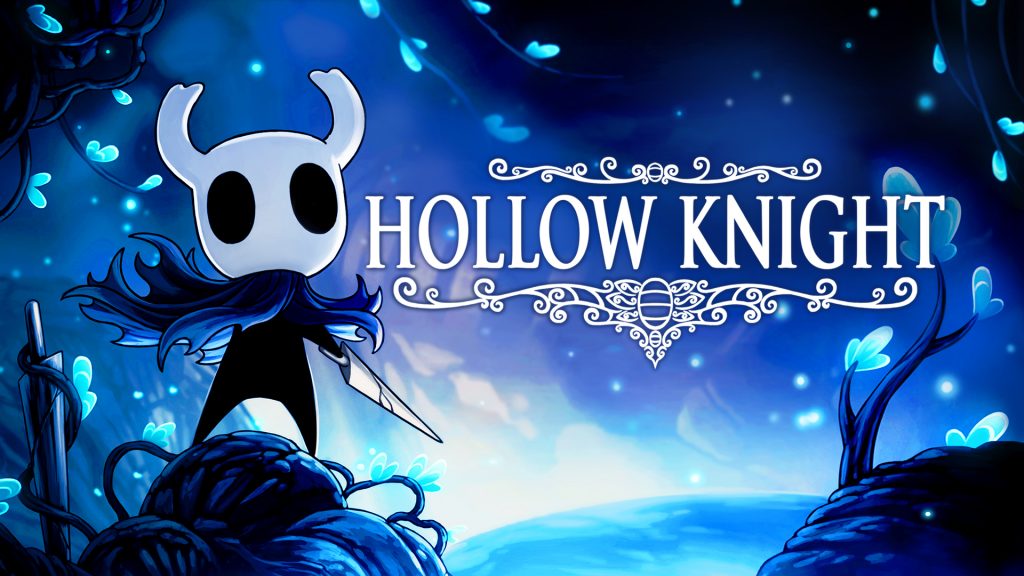
The encouragement of player and audience imagination is so powerful in novels and video games. If a story does not leave a few gaps for us to fill in by ourselves, we may begin to feel bored or, at least, a lack of engagement with the characters and story. But just the smallest amount of mystery or ambiguity can lead to so much more exciting engagement from us as we imagine the silent character’s background and mood, and inject them with an imagined voice of our own. Therein lies half the fun.
Then there are characters like Mario, characters who have been given a distinct personality in spite of their muteness. Mario’s personality can be easily described even though we never hear him speak. We know he’s goofy, tenacious, skilled, sweet, kind, reliable, honest, and friendly. We know these things because of the faces he pulls, the sounds he makes, the way that other characters react around him, the responsibilities piled on his shoulders, and the cast of friends he surrounds himself with (not to mention his enemies).
Mario is also painted by his actions and gameplay. When embodying any video game protagonist, we have a limited number of actions we can pull off. As Mario, we run, jump, climb, throw, ground-pound. We do not wield a gun or physically threaten; we do not sneak around or rip and tear. The rules of the world and the actions we can choose from help to build a character and personality for our protagonist. Mario is a pacifistic protagonist, to a point. He is non-threatening and that encourages a universal kindness in him. It makes him charming and lovable.
There are many reasons to avoid using a silent protagonist in your game, but there are just as many reasons to take the mute route as well. In a game where actions speak louder than words (like in Super Mario), or the story is told through the state of the world and the things you find (like in Dark Souls), a silent protagonist is a welcome choice. In a game of ambiguity where a little audience projection and imagination is encouraged, a silent protagonist allows for that. There is a unique charm in – and a lot of opportunity to be had from – the silent video game protagonist.
Thank you for stopping by Nintendo Link and reading one of Will Heath’s outstanding features. What are your thoughts on the silent protagonist? Let us know in the comments below!
What's Your Reaction?
Will Heath is a freelance writer and digital nomad from the UK who mostly splits his time between London and Tokyo. He runs the website Books & Bao – a site dedicated to international literature and world travel – and writes about video games for Nintendo Link and Tokyo Weekender.

